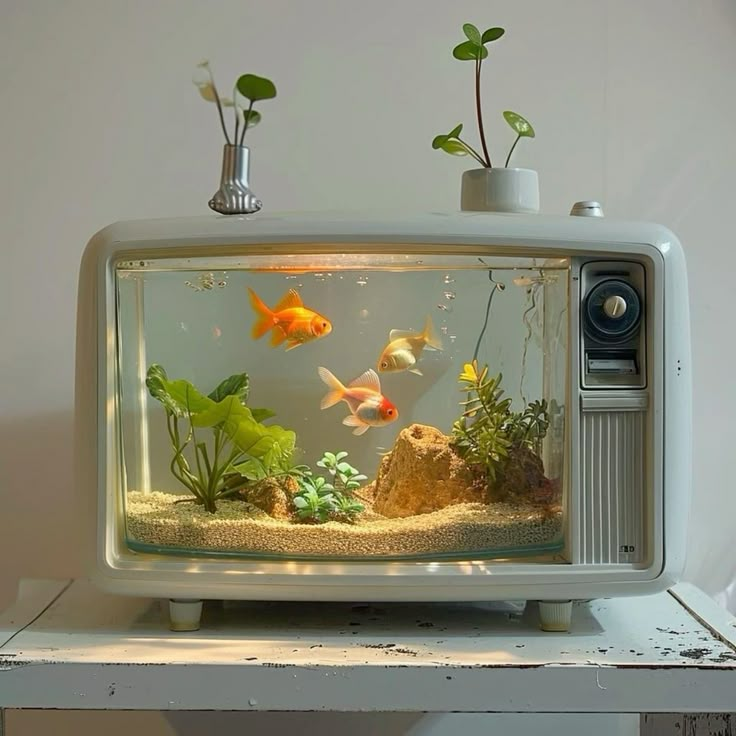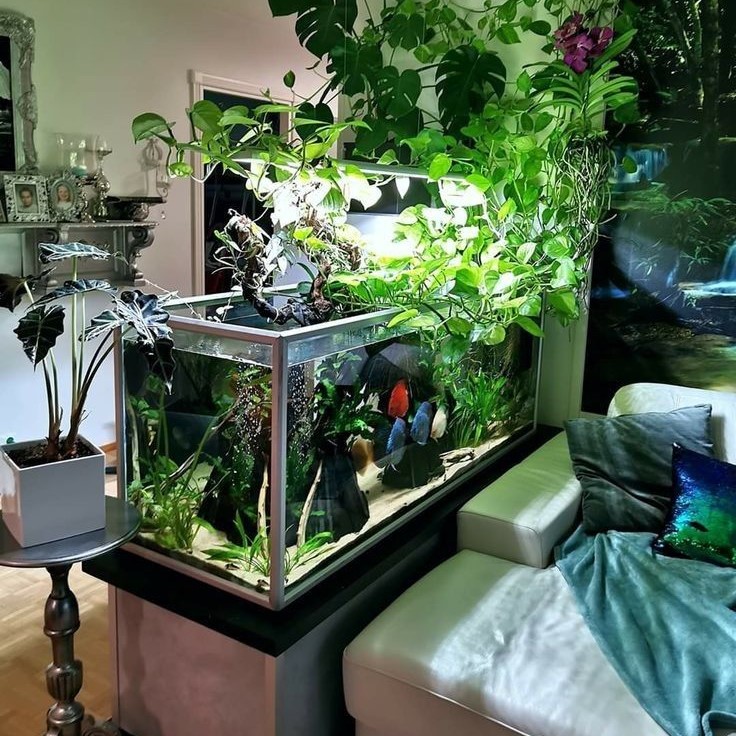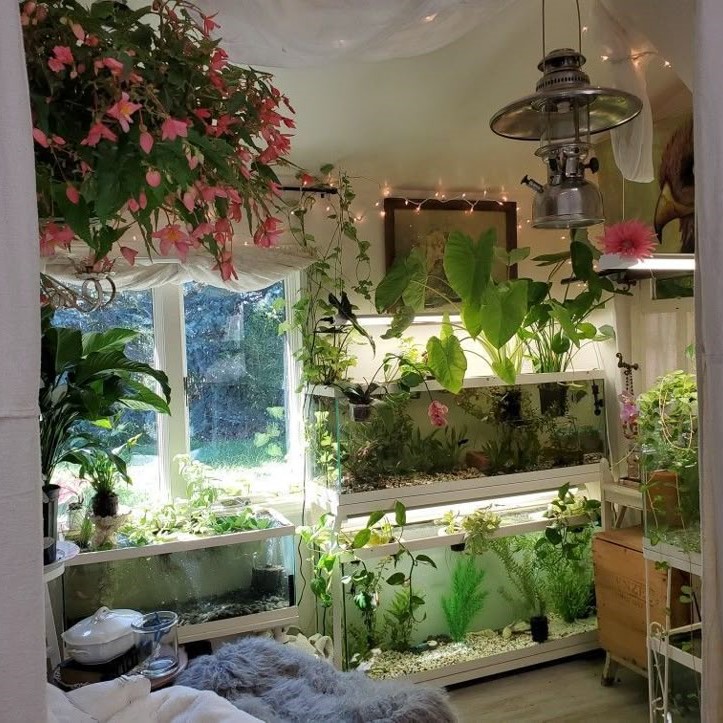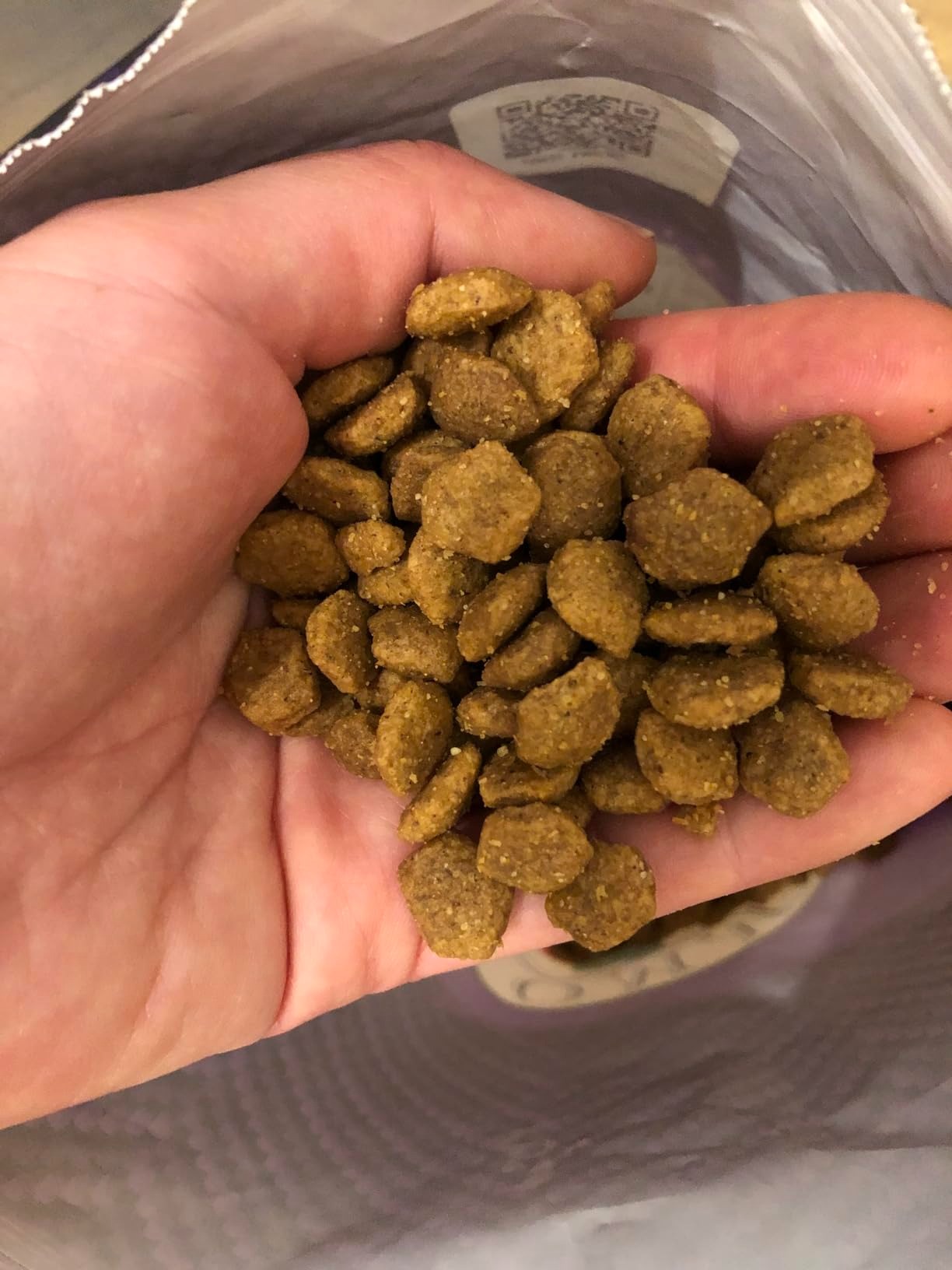Introduction to Aquarium Water Types
Setting up a fish tank involves several critical decisions. Among them, the most important is how to decorate a fish tank to create a peaceful and harmonious habitat for your fish. The right decorations can mimic a natural environment, promote the well-being of your aquatic life, and enhance the overall beauty of your aquarium. However, before focusing solely on aesthetics, you need to consider the essential aspects of choosing the right type of aquarium water, which can significantly affect your fish’s health and comfort.

There are two primary types of aquariums: freshwater and saltwater. Each comes with different challenges and requirements regarding decoration and water quality. In this article, we will dive deep into the ideal practices for decorating your fish tank and the water conditions that best suit different types of fish. We’ll cover everything from planning your tank layout to selecting the right tankmates—all while ensuring a thriving aquatic environment.
The Importance of Choosing the Right Water
- Freshwater vs. Saltwater
At the outset, one must decide between establishing a freshwater or saltwater aquarium. Freshwater tanks are typically easier to maintain and can house a wide array of species, such as tetras, guppies, and angelfish. Saltwater tanks, on the other hand, offer opportunities to keep stunning coral reefs and marine fish, but they require more specialized care and attention. Your choice will significantly influence how you decorate the tank and the types of decorations you choose. - Water Quality and Parameters
The quality of water in your fish tank is essential for the health of your aquatic environment. Different fish species have various water conditions they prefer, including pH levels, temperature, and hardness. Maintaining these parameters within the recommended ranges will help reduce stress in your fish, thereby promoting healthy growth and vibrant color. Testing your water regularly becomes crucial to ensure these levels remain optimal. - Conditioning Your Water
Before introducing any fish or inhabitants, prepare your water properly. Dechlorinating and treating tap water is essential for freshwater setups, as chlorine can harm fish and other aquatic life. For saltwater tanks, you’ll need to mix the appropriate sea salt with dechlorinated water and let it mix thoroughly before introducing fish. Allowing the aquarium to cycle for several weeks will establish beneficial bacteria, ensuring a stable environment once you add your fish.
Essential Decor Elements for Your Fish Tank
- Substrate Selection
The substrate—whether gravel, sand, or soil—is fundamental to your tank’s aesthetics and functionality. The type you choose should reflect the natural habitat of your fish. For example, sandy substrates are ideal for bottom-dwelling fish like catfish, while gravel works well for most freshwater species. Whichever type you choose, be sure it is appropriate for the plants and fish you intend to keep. - Live vs. Artificial Plants
Incorporating plants into your aquarium can serve multiple purposes. Live plants not only enhance the beauty of your tank but also provide oxygen and shelter for fish. They help with water quality by absorbing nitrates. Conversely, artificial plants require less maintenance, can withstand various water conditions, and are available in numerous designs. Depending on your commitment and the look you want to achieve, either option can be viable. - Hardscape Elements
Adding hardscape materials, such as rocks and driftwood, helps create visual interest in your fish tank. These elements serve as hiding places, creating a more natural environment for your fish. Using manzanita wood or Malaysian driftwood can be particularly striking due to their unique shapes and colors. When adding hardscape materials, rinse them thoroughly to remove any debris or contaminants before introducing them to your tank. - Creating Balance
Striking a balance in the layout is vital for a pleasing appearance. It’s essential to provide open swimming spaces while also including decorations that give your fish places to explore and hide. Grouping rocks and plants together can create focal points, while leaving adequate open areas lets your fish swim freely. Aim for a natural and inviting landscape that showcases your fish beautifully.
Tips for Effective Water Management
Regular Testing
- Importance of Water Parameter Testing
Regularly testing your water parameters is essential for maintaining a healthy aquarium environment. The health and well-being of your fish and aquatic plants depend on stable and appropriate water quality. Monitoring these parameters allows you to ensure that your aquarium conditions remain optimal for all inhabitants and helps prevent a range of issues that can arise from poor water quality. - Key Parameters to Monitor
Among the most critical parameters to test are ammonia, nitrite, nitrate, and pH levels. Ammonia and nitrite are toxic to fish and should remain at zero. Elevated nitrate levels can indicate the need for water changes and can harm fish over time if too high. The pH level should also be assessed regularly, as different species of fish have specific pH preferences. - Testing Frequency
Newly set up tanks may require testing multiple times each week to ensure stability as the aquarium cycles. During this crucial period, beneficial bacteria establish themselves to break down waste effectively. For established tanks, testing may only need to occur bi-weekly or monthly, depending on the tank’s stability and the needs of its inhabitants. - Taking Corrective Actions
Early detection of any fluctuations in water parameters allows for timely corrective actions. This includes performing water changes, adjusting the filtration system, or adding chemical treatments if necessary. Addressing issues quickly helps prevent stress or harm to your aquatic life, ensuring a thriving aquarium environment.
Performing Regular Water Changes
- Significance of Water Changes
How to decorate a fish tank? Performing regular water changes is pivotal to maintaining water quality in your aquarium. Over time, waste products, uneaten food, and other debris can accumulate in the water, leading to poor water quality and unhealthy conditions for your fish. Regular water changes help mitigate these issues and keep your aquarium clean and stable. - Recommended Frequency and Amounts
For freshwater systems, aim to change 10-15% of the water weekly. This regular schedule helps dilute accumulated toxins and keeps the environment fresh. Conversely, saltwater systems may require larger water changes of 15-25% due to the higher bioload from marine species. Saltwater tanks often contain more delicate organisms, so careful maintenance is crucial. - Benefits of Water Changes
Regular water changes serve several purposes. They help remove toxins present in the water, replenish essential minerals, and restore trace elements that can be depleted over time. Moreover, consistent water changes contribute to maintaining stable parameters, effectively promoting a healthier ecosystem for fish and plants. - Replenishing Required Elements
It’s important to remember that when performing water changes, you should use water conditioners to dechlorinate tap water or salt mixes to maintain proper salinity in saltwater tanks. Taking these steps ensures that the new water introduced into the tank matches the existing conditions, promoting a more seamless transition and reducing stress on your aquatic life.
Filtration Systems
- Key Role of Filtration
A reliable filtration system is key to a successful tank. Filters not only remove visible debris from the water but also play a critical role in biological filtration, breaking down harmful waste products like ammonia and nitrite. This allows for a cleaner, healthier environment for fish and other aquatic inhabitants. - Choosing the Right Filter Size
How to decorate a fish tank? Ensuring that your filter is appropriately sized for the tank is essential. Filters come in various capacities, and using a filter that’s too small for your aquarium can lead to insufficient water circulation and inadequate waste breakdown. A general rule of thumb is to choose a filter that can process your tank’s volume at least four to five times per hour. - Regular Maintenance of Filters
Regular maintenance and cleaning of your filtration system are vital for optimal performance. Over time, filters can become clogged with debris. Cleaning the filter media should be done according to the manufacturer’s recommendations. Typically, rinsing and replacing filter pads every month or as needed will maintain its efficiency. - Minimizing the Need for Frequent Water Changes
An efficient filter can help minimize the need for frequent water changes while enhancing overall water quality. A well-functioning filtration system reduces harmful substances, allowing water parameters to stabilize for longer periods. This not only benefits fish health but also provides ease for aquarists, who can spend less time managing water quality issues and more time enjoying their aquatic environment.
Observing Fish Behavior
- Monitoring Health Indicators
How to decorate a fish tank? Keeping a close watch on your fish’s behavior is vital for ensuring their health. Behavioral changes can indicate various issues, from water quality problems to stress or illness. Healthy fish are typically active and social, while distressed fish may isolate or exhibit erratic swimming patterns. - Social Interactions
Monitor fish interactions to assess compatibility with tankmates. Territorial disputes can lead to stress or injury, forcing you to reconsider fish combinations or tank layout. Conversely, well-chosen species that coexist harmoniously can create an engaging community tank. - Adjusting to Observations
If you notice signs of distress or unusual behavior, be proactive in addressing potential issues. This can include testing water parameters, re-evaluating tank mates, or changing decorations to provide additional hiding spots. Paying attention to these details will be key in maintaining not only fish health but also overall tank aesthetics.
Conclusion: Creating a Blissful Aquatic Environment
In conclusion, successfully understanding how to decorate a fish tank requires a thoughtful approach to both aesthetic appeal and functional needs. From selecting the right water type and maintaining pristine water quality to incorporating suitable decorations and monitoring fish behavior, all aspects contribute to creating a serene habitat for your aquatic friends.
By implementing proper techniques and being observant, you can foster a vibrant aquarium that delights both you and its inhabitants. Embrace the art of fishkeeping, and enjoy the satisfaction of maintaining a beautifully decorated and healthy aquatic environment that reflects your personal style and commitment to your fish’s well-being. Your journey into the world of aquariums will be rewarding as you create a peaceful environment that thrives with life and beauty!













